Clients & Engagements
The Arts & Cultural Heritage
American Craft Council (national)**
Arion Press (San Francisco)
Graywolf Press (Minneapolis)
Great Northern Festival (Minneapolis)**
Jungle Theater (Minneapolis)****
The Minnesota Museum of American Art (St. Paul)
The National Book Foundation (New York)
Open Book (Minneapolis)
Owámniyomni Okhódayapi (Minneapolis)***
Springboard for the Arts (St. Paul)
Journalism & Media
Colorado Public Radio (Denver)*
Information Equity Initiative (national)
Institute for Nonprofit News/INN (Los Angeles/national)
MinnPost (Minneapolis)
Public Media Bridge Fund (national)
Public Media Company (San Francisco/national)
PRX (Boston)
WITF (Lancaster, PA)
Conservation, the Environment & Green Spaces
Belwin Conservancy (Afton, MN)**
Fresh Energy (Minnesota)
The Trinity Park Conservancy (Dallas)*
The Valley Community Center (St. Croix Valley, Minnesota)
Education
Breck School (Minneapolis)
Libraries Without Borders (national)
The Science Museum of Minnesota* (St. Paul)
Economic Opportunity & Social Services
Aeon (Minneapolis)*
Boys & Girls Clubs of America (Native Services Division) (national)***
Get Us PPE (national)
The Mni Sota Fund (Minneapolis)
Other
The Basilica Landmark (Minneapolis)*
The Minnesota Wild Foundation (St. Paul)*
* In partnership with Creative Fundraising Advisors
** In partnership with 8 Bridges Workshop
*** In partnership with InnoNative
**** In partnership with Luminate Consulting
A few career highlights, from before I began consulting, include:
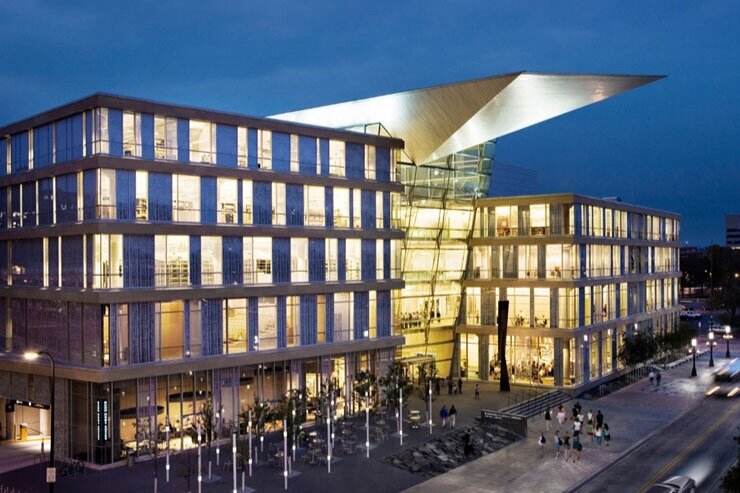
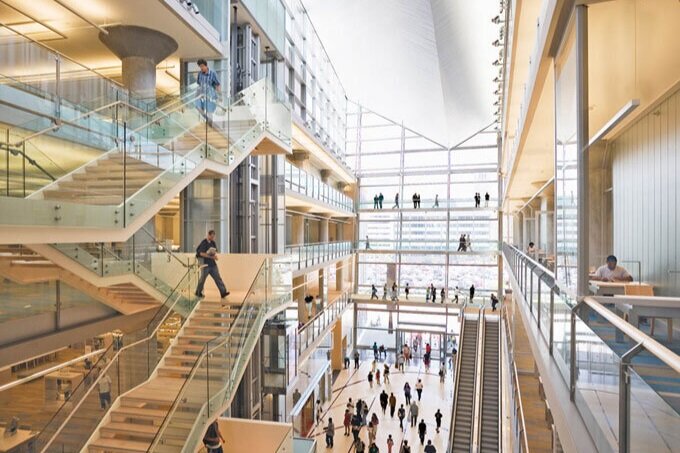
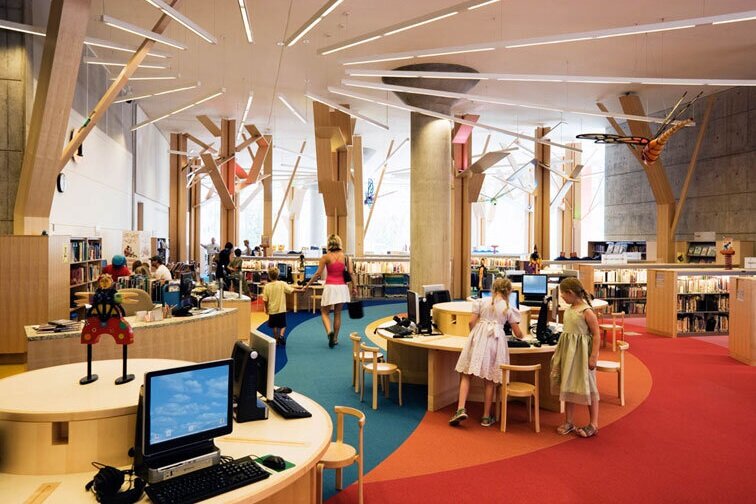
Friends of the MINNEAPOLIS PUBLIC Library
After Minneapolis residents overwhelmingly approved a $140 million referendum, The Friends were charged with leading a $16.7 million capital campaign to complete funding for a new central library. It was a thrilling moment, but despite a 125-year history, the library system had no history of fundraising, and although there was widespread appreciation of the library, the donor community mostly saw it as an antiquated institution. Leading The Friends was my first job as a nonprofit executive.
One asset the library did have was an extraordinary leader in Kit Hadley. Together we worked to reposition the library as an essential asset in workforce development, education, technology access, and the integration of immigrant communities, while transforming The Friends’ board, staff and organization into one that could lead a significant campaign. With an amazing team, we succeeded on both fronts.
As the campaign concluded, at Kit’s request I staffed a public task force that helped clear the way for the merger of the city and county library systems – an idea that had been repeatedly raised and rejected over the past 50 years, and which stabilized public funding for the library system.
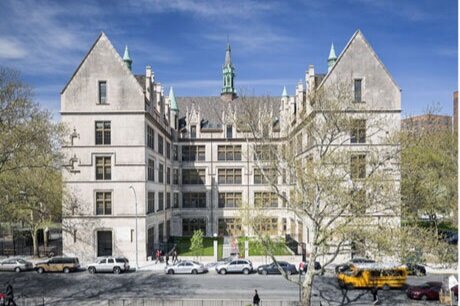
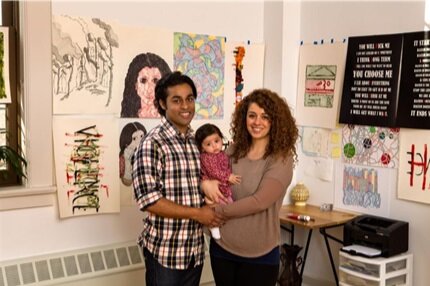

Artspace
When I joined Artspace, a nonprofit developer for the arts, we faced an unexpected challenge. Although CEO Kelley Lindquist and team had developed several dozen projects and earned a significant reputation for their specialized know-how and technical expertise, Artspace seemed to be losing ground, as measured by philanthropic support, to newer, generally less accomplished organizations. We were valued as “practitioners” but not “thought-leaders,” and were often seen as a regional organization rather than a national one.
I was the lead staff person on an internal board task force, chaired by Susan Kenney Stevens, designed to study the environment, our position within it, and recommend a series of changes. Through that work we recommitted to demonstrating leadership and more actively promoting our distinct expertise in the rapidly expanding field of creative placemaking.
Over the next five years, Artspace raised more than $20 million from two foundations alone, and we advanced a series of iconic projects -- in New York, New Orleans, Honolulu, the Pine Ridge Reservation and elsewhere -- that have become national models for arts-centered development that strengthens rather than displaces cultural communities.
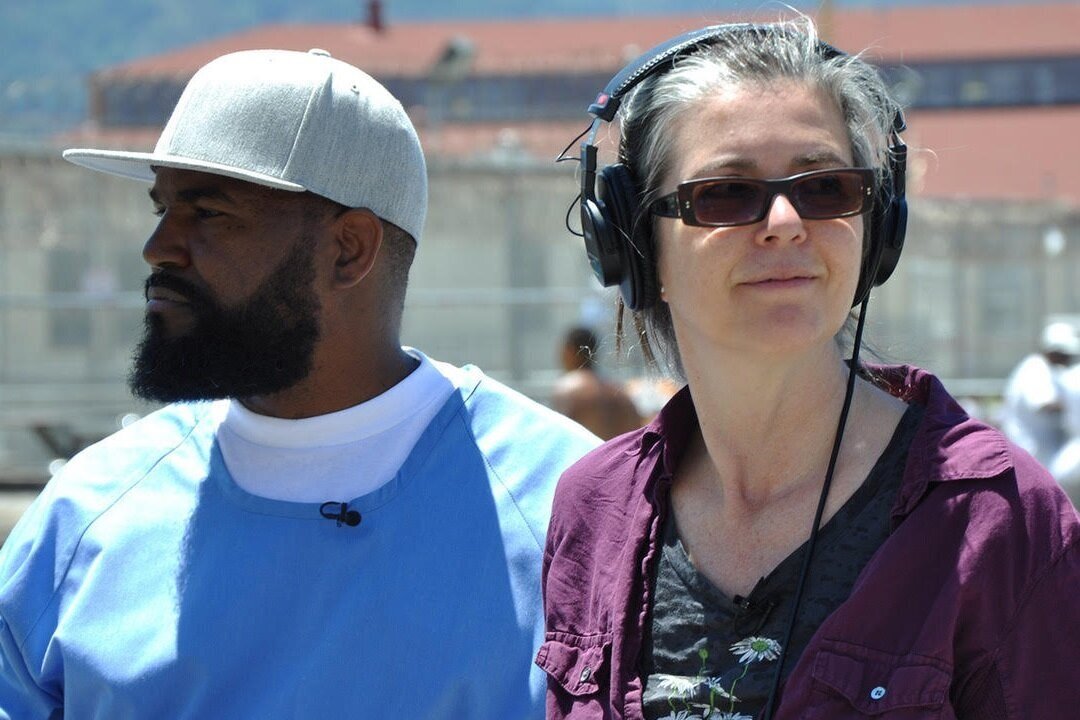


PRI & PRX
In 2015 Public Radio International (PRI) launched a capital campaign to help it transition its decades-long expertise in radio production to the digital age, but it was struggling to gain traction beyond its board and a few long-term institutional partners. I joined PRI a little over a year into the effort and helped the CEO and board evolve the campaign to better align with a critical theme of the Trump-era: the role of public media in a divided America. By fall of 2018, we had exceeded our campaign goal 18-months ahead of schedule.
The successful campaign also positioned PRI for a historic merger with PRX, one of the largest podcast publishers in the world and a leading force of innovation in public media. As we collectively adopted the name PRX, I partnered with Kerri Hoffman, the new CEO, and the board to clarify the emerging organization’s mission and vision and translate those ideals into strategic priorities, while re-designing the development program to align with PRX’s team and ambitions.
